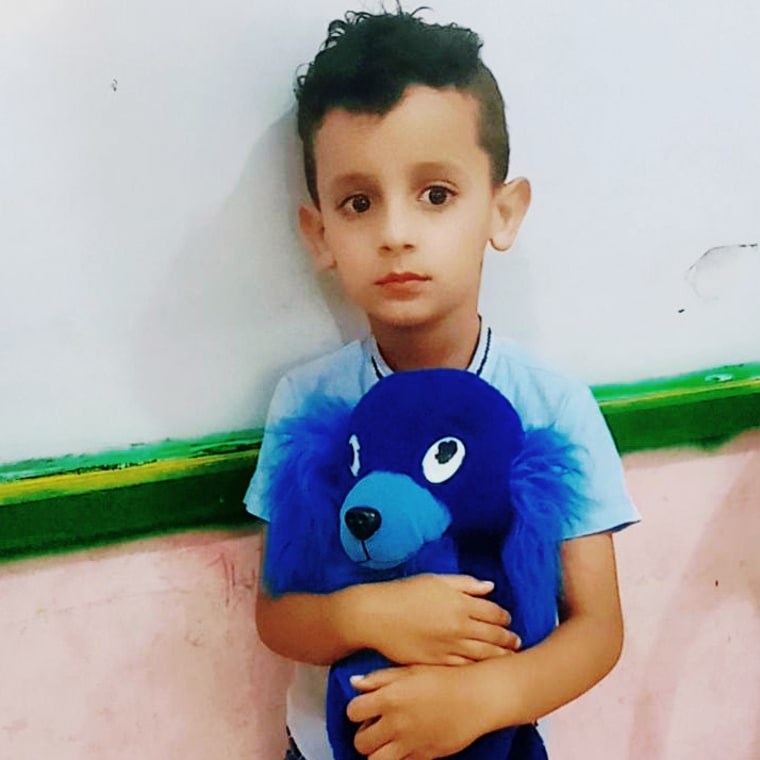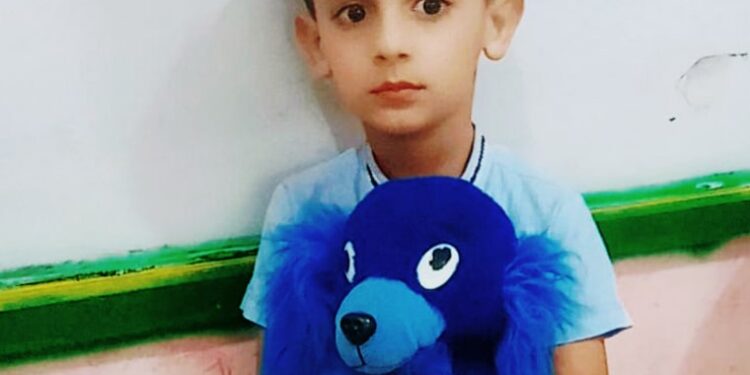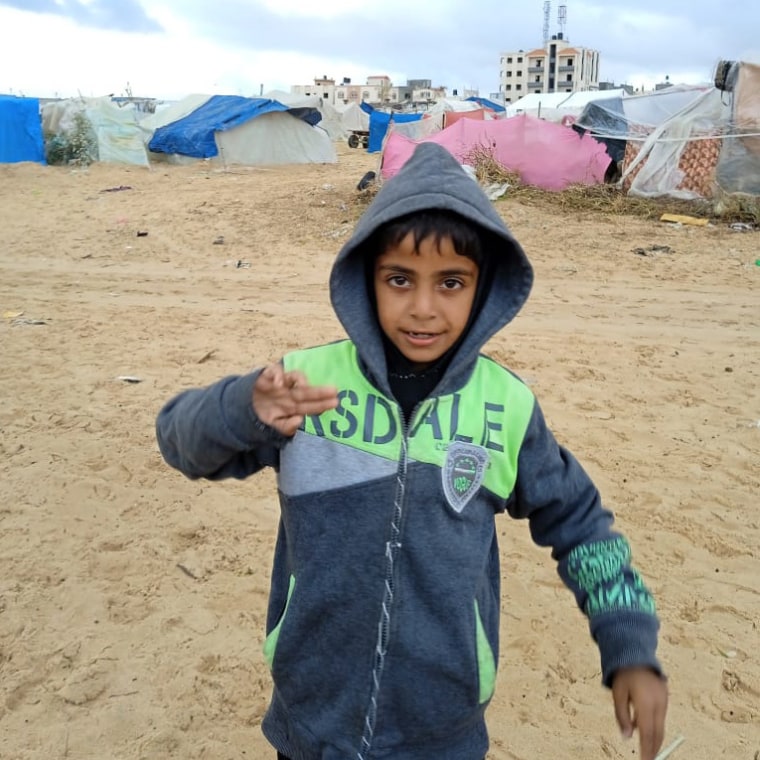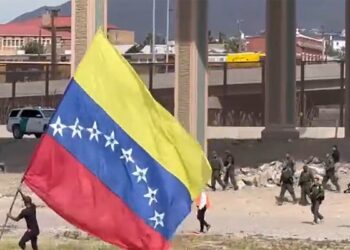TEL AVIV — As the sounds of gunfire drew nearer, Saher Esleih crouched in a corner and cradled her 4-year-old son, Tawfiq.
“I was holding him, and he was shivering and scared,” she told NBC News. “He kept asking me, ‘When will they finish?’”
Suddenly, she said, the room plunged into darkness and debris began to fall from the ceiling. Esleih began calling out to other relatives hiding in the room, each in turn answering that they were safe.
It was only then that she realized there was blood on her son’s face.
“I saw that part of his brain was out,” Esleih, 37, said.
Tawfiq’s family said shrapnel from an Israeli explosive weapon killed the boy.

It was June 8 when all hell broke loose in the densely packed streets of the Nuseirat refugee camp in central Gaza. Israeli special forces had arrived at 11 a.m. on a complex mission to rescue four hostages held by Hamas just a few hundred yards from where the Esleih family was sheltering. Hundreds of Israeli troops, supported by aircraft overhead, were fighting intense street battles against Palestinian gunmen, according to the Israel Defense Forces.
The four hostages — Noa Argamani, Almog Meir Jan, Shlomi Ziv and Andrey Kozlov — were safely extracted from the Gaza Strip and cameras captured their emotional reunions with their families after eight months of captivity.
But in Gaza, there is a painful other side to the story. The Health Ministry there says at least 64 children were killed by Israeli fire during the raid, one of the bloodiest days for civilians in recent months.
The IDF says it does not accept casualty figures reported by the Hamas-run Health Ministry, denies “that it has willingly harmed the civilian population,” and says it operates in accordance with international law.
Among the dozens of dead children was Esleih’s son, Tawfiq.
Esleih was already a mother in mourning long before her youngest child was killed in the Israeli raid in Nuseirat. Her older son, Waleed, died of cancer in 2022.
In March, her two daughters — Maram, 9, and Shireen, 11 — went with a neighbor to buy treats for the end of the daily Ramadan fast. They never came home. Esleih says they were killed by an Israeli strike.

Their deaths weighed heavily on Tawfiq, the only surviving child, Esleih said.
“He kept asking me: ‘Why am I living? Why didn’t I go with my sisters? I have no kids to play with.’ I kept telling him that you have your future and you will grow up,” she said.
But Tawfiq will not grow up. The family at first rushed to the Al-Awda hospital, a small medical facility in Nuseirat, but by the time they arrived, it was already overwhelmed with people who were wounded and dying. An ambulance then drove Tawfiq to Al-Aqsa, a larger hospital in central Gaza.
Overwhelmed staff there briefly looked at his grievous head injuries and assumed Tawfiq was dead. In a video widely shared on Palestinian social media, a medic holds his limp body in front of a group of journalists.
“This is a 4-year-old child with his brain out,” the unidentified medic said in English. “This is what the Israeli occupation does to us.”
Tawfiq was handed to another man, who was preparing to lay him down among a row of bodies in the hospital courtyard, when suddenly his right arm twitched. For an unbelieving moment, there was silence. And then a cacophony of shouting as the man raced Tawfiq back into the hospital and into the emergency room.
The hope was short-lived. Esleih said surgeons spent hours removing pieces of shrapnel from Tawfiq’s head, but he never regained consciousness and died five days later in the intensive care unit of another hospital.
“He lived through three wars, his brother’s death and his sisters’ deaths. I say that Tawfiq never saw anything other than war,” Esleih said.
An NBC News crew that visited the home a week later found walls pockmarked with holes the family said were made by shrapnel.
In a statement to NBC News, the Israeli military said: “The IDF has an obligation to bring our hostages back home and we are determined to do so while operating in accordance with international law and the values of the IDF.”
It added: “This operation is solid proof of the fact that Hamas is hiding behind civilians and is holding hostages in the midst of densely-populated civilian areas. The IDF operates under conditions that are designated by Hamas to result in vast civilian damage.”
The home where Tawfiq was killed was around 200 yards from the two civilian apartments where the four hostages were being held under armed Hamas guard. The apartments are in a crowded area of the Nuseirat camp, off a road named after Izz ad-Din al-Qassam, an early-20th-century Arab rebel whose name is the inspiration for the title of Hamas’ armed wing, the al-Qassam Brigades.
But the deaths of Palestinian children on June 8 were not limited to the immediate area where the hostages were being held.









